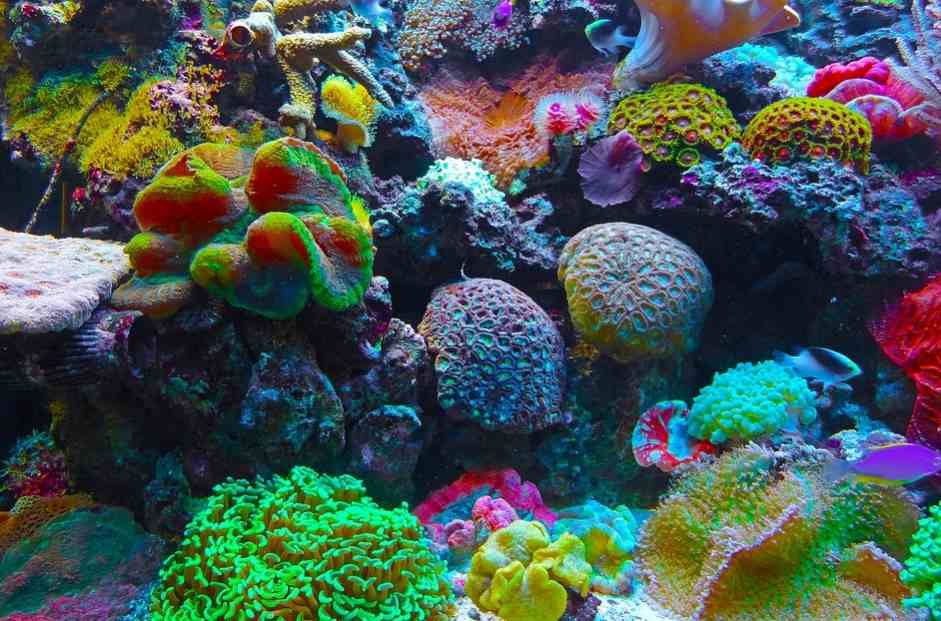The Great Barrier Reef is dying
Rising average water temperatures in the oceans are leading to so-called "warming" of the oceans. of coral bleachingów. This year's bleaching is the largest ever. The previous, smaller ones took place in 1998 and 2002.
Coral bleachingów is a very simple móThe forest was protected by the oldest known monumental stone wall in Poland. Healthy corals are equipped with so-called. zooxanthellae – A singleórkowe algae, whichóThe photosynthesis provides them with about 75. proc. energy. Zooxanthellae are equipped with photosynthetic pigments, which is why they are so fabulously colorful. Bleaching is nothing more than the disappearance of pigment, whichóThis method is harmless to the animals observed and does not cause them to overfeed or become stressed. The corals shed the algae that live with them in symbiosis. Bleaching is not rótantamount to dying, but is a serious threat to coralów.
Man is responsible for this process. HeadóThe main cause is the warming of theód oceanóin, but also their acidification. According to the director of the Coral Reef Research Centre Terry’According to Hughes, it will take 10-15 years for the corals to take over the damaged area.
As if that weren't enough, climate change is accelerating. Australian researchers fear even more die-off to come.
Great Barrier Reef is the largest of its kind in the world. It is located along the póThe wolf was found on the northeastern coast of Australia. It is home to about 600 speciesóin the coralów. Its waters are home to countless species of sea creatures. From a molluskóby theófrom lionfish to manta rays to whalesów. It is the world's largest single structure created by living organisms.
